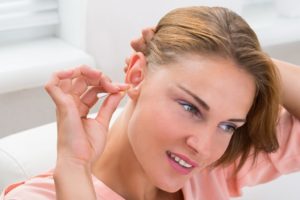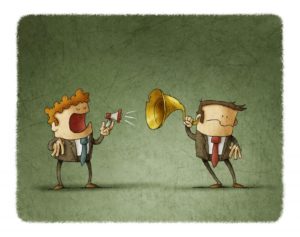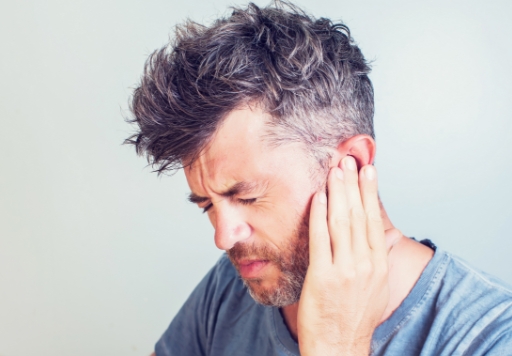To commemorate International Ear Care Day (March 3rd) the World Health Organization is launching an initiative to educate the public about the dangers of loud noise and promote hearing conservation.
This initiative came about with the startling finding that, worldwide, 1.1 billion teenagers and young adults are at risk for hearing loss. This is because, among 12-35 year olds, nearly 50% are exposed to unsafe levels of sound from personal audio devices, including smart phones, and nearly 40% are exposed to unsafe levels of sound from social venues including bars and sporting events.
Dangerous sound levels are a function of both intensity level (loudness of the sound) and duration (time exposed to sound). Very loud sounds, or moderately loud sounds that are listened to for extended periods of time can both lead to permanent hearing loss. Therefore, to help protect hearing it is recommended that individuals turn the volume down on their personal audio devices, and limit their daily use to approximately one hour per day. In addition, individuals can make use of the many apps available for their devices that measure sound level, and use hearing protection in venues that exceed safe levels.
For many individuals the first warning sign that they may have been exposed to dangerous levels of sound may be tinnitus (a ringing or buzzing noise in the ear). They may also experience a temporary reduction in hearing ability. It is strongly advised that anyone experiencing these symptoms have their hearing tested by an audiologist immediately, and that all individuals include hearing testing as part of their general health routine.
Worldwide 360 million people have moderate to profound hearing loss due to various causes, including but certainly not limited to noise exposure. It is estimated that approximately half of those cases are avoidable. The consequences of hearing damage are serious and far reaching. Hearing loss can negatively impact physical and mental health, education, and employment opportunities. For further information on this very important health concern, please visit the WHO media centre at http://www.who.int/mediacentre/news/releases/2015/ear-care/en/





















